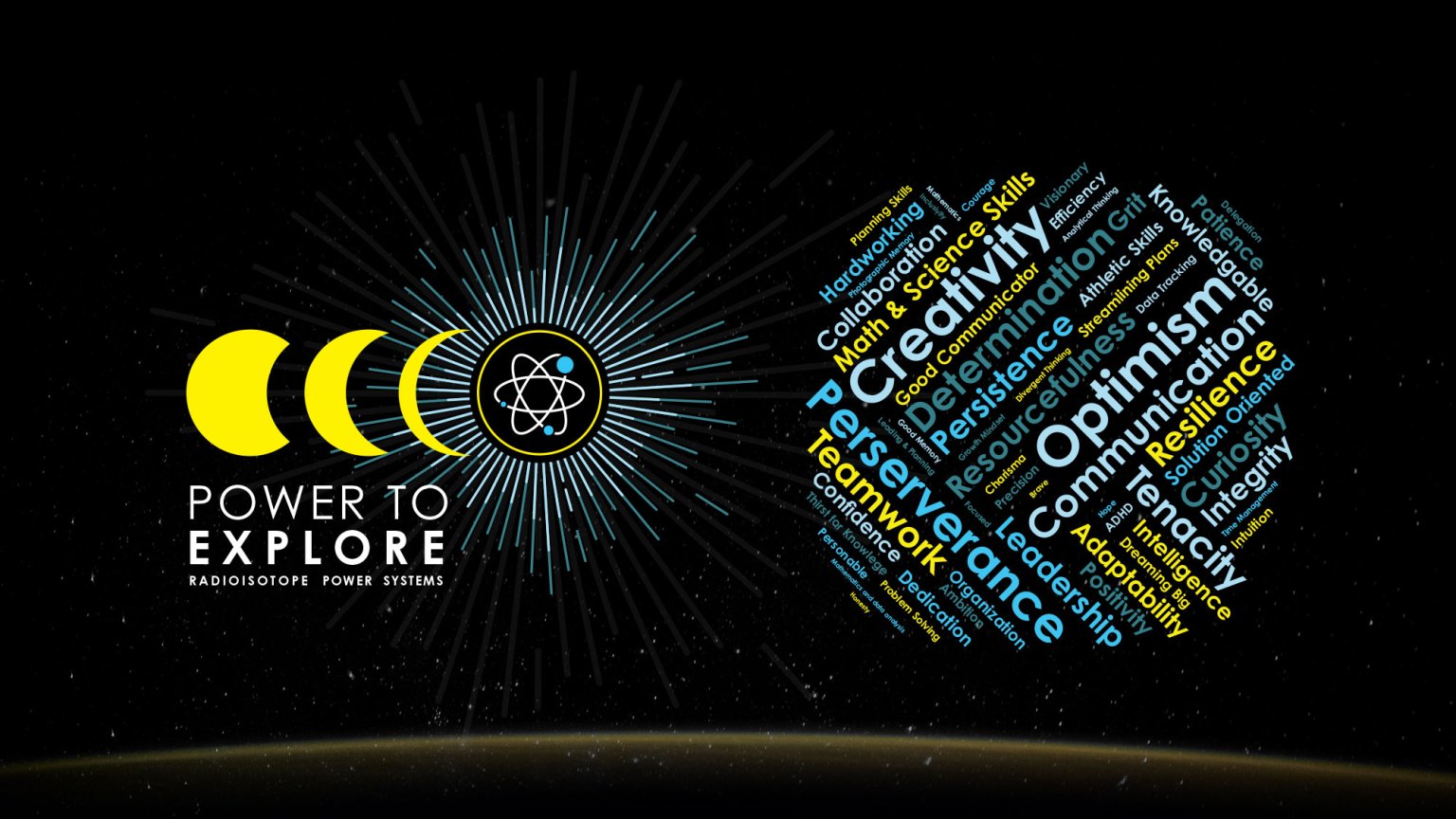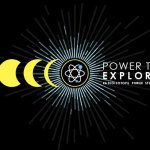NASA Names Finalists of the Power to Explore Challenge

NASA has selected the nine finalists of the Power to Explore Challenge, a national competition for K-12 students featuring the enabling power of radioisotopes.
NASA selected nine finalists out of the 45 semifinalist student essays in the Power to Explore Challenge, a national competition for K-12 students featuring the enabling power of radioisotopes. Contestants were challenged to explore how NASA has powered some of its most famous science missions and to dream up how their personal “super power” would energize their success on their own radioisotope-powered science mission.
The competition asked students to learn about NASA’s Radioisotope Power Systems (RPS), a type of “nuclear battery” that the agency uses to explore some of the most extreme destinations in our solar system and beyond. As cities across the United States experience a total solar eclipse, we experience first hand a momentary glimpse into what life would be like without sunlight. This draws attention to how NASA can power missions at destinations that cannot rely on the energy of the Sun, such as deep craters on the Moon and deep space exploration. In 250 words or less, students wrote about a mission of their own enabled by these space power systems and described their own power to achieve their mission goals.
The Power to Explore Challenge offered students the opportunity to learn more about these reliable power systems, celebrate their own strengths, and interact with NASA’s diverse workforce. This year’s contest received 1,787 submitted entries from 48 states and Puerto Rico.
"The RPS Program is so impressed by the ideas and quality of writing that come forth from essays submitted to NASA’s Power to Explore Challenge

Carl Sandifer
Manager, Radioisotope Power Systems Program
“The RPS Program is so impressed by the ideas and quality of writing that come forth from essays submitted to NASA’s Power to Explore Challenge,” said Carl Sandifer, NASA’s manager for the Radioisotope Power Systems Program in Cleveland. “We would like to congratulate the finalists, and we look forward to welcoming the winners to NASA’s Glenn Research Center this summer.”
Entries were split into three categories: grades K-4, 5-8, and 9-12. Every student who submitted an entry received a digital certificate and an invitation to the Power Up virtual event that announced the semifinalists. Students learned about what powers the NASA workforce to dream big and work together to explore.
Three national finalists in each grade category (nine finalists total) have been selected. In addition to receiving a NASA RPS prize pack, these participants will be invited to an exclusive virtual meeting with a NASA engineer or scientist to talk about their missions and have their space exploration questions answered. Winners will be announced on April 17.
Grades K-4
- Katerine Leon, Long Beach, CA
- Rainie Lin, Lexington, KY
- Zachary Tolchin, Guilford, CT
Grades 5-8
- Aadya Karthik, Redmond, WA
- Andrew Tavares, Bridgewater, MA
- Sara Wang, Henderson, NV
Grades 9-12
- Thomas Liu, Ridgewood, NJ
- Madeline Male, Fairway, KS
- Kailey Thomas, Las Vegas, NV
About the Challenge
The challenge is funded by the Radioisotope Power Systems Program Office in NASA’s Science Mission Directorate and administered by Future Engineers under the NASA Open Innovation Services 2 contract. This contract is managed by the NASA Tournament Lab, a part of the Prizes, Challenges, and Crowdsourcing Program in NASA’s Space Technology Mission Directorate.
Kristin Jansen
NASA’s Glenn Research Center
from NASA https://ift.tt/YH9zcTh


No comments:
Post a Comment